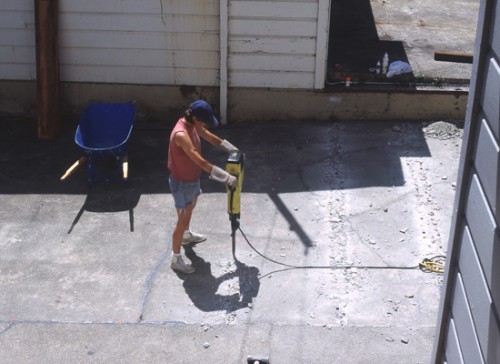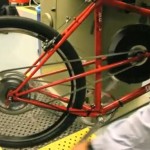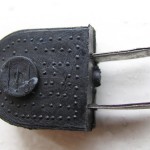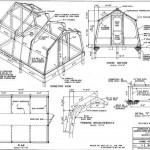“Intel’s fabrication plants can churn out hundreds of thousands of processor chips a day. But what does it take to handcraft a single 8-bit CPU and a computer? Give or take 18 months, about $1,000 and 1,253 pieces of wire.”
Magic Motorways
In the “Highways and Horizons” pavilion at the 1939-40 World’s Fair in New York, General Motors presented Americans with “Futurama”, a vision of the city of 1960. Norman Bel Geddes designed an enormous scale model, showing a utopian city rebuilt for the motor age, completely separating cars and pedestrians. Five million people came to see the exhibit, waiting more than an hour for their turn to get a sixteen-minute glimpse at the motorways of the world of tomorrow. There
is a technicolor movie of the show online, as well as the accompanying book that Geddes wrote to explain his (and the motor industry’s) ideas (or propaganda): “Magic Motorways“.
Update: another movie here (via). Related: London traffic improvements (the Bressey Report, 1938).
How to Depave the Planet
The crack garden. “A crack team of guerrilla gardeners will undertake tactical missions to etch similar tectonic fissures in the parking lots of failed suburban malls and abandoned inner neighborhoods of post-industrial cities. With pneumatic drills or with pick axes and some elbow grease, they’ll wound the earth’s (un)natural asphalt skin, so that forgotten ecologies may return and hopefully fester”. Via Pruned. More how-to information here.
A Perpetuum Mobile Railroad
The March 1925 issue of Science and Invention featured this Aerial Railroad. By a combination of inclined ramps and overhead suspension from cleverly curved tracks the “trolley car” passenger vehicle could go forever without power. It falls while suspended in the air from the downward inclined track, swinging forward as it does. When it contacts the lower tracks its momentum carries it up the inclined track until the whole process repeats. Source.
The History of Helicopters and Autogyros
Entry page. Full list of 787 flying machines. Picture: the Yakovlev VVP-6.
The Flying Oven
That is how they call it, and they ask me what I think of it. Honestly, I have no clue.
“This research project proves a new and novel method of winter solar heat gathering. Based on February to December 2008 UK tests, a solarsphere of this type can produce enough heat to make a well insulated house self sufficient in both space heating and hot water.”






